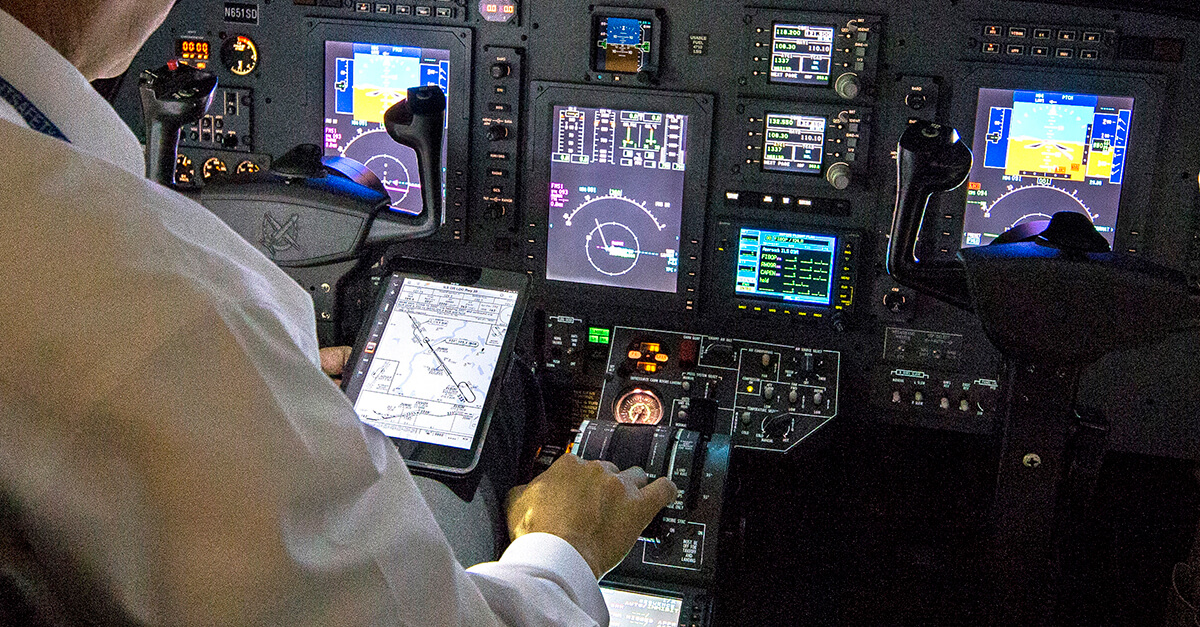
August 27, 2012
The Federal Aviation Administration (FAA) recently issued a major update to the EFB Advisory Circular (AC 120-76B), which includes guidance on electronic flight bag (EFB) systems aimed specifically at certificated operators and operators of large and turbine-powered multi-engine aircraft.
The updated AC, which was years in development, was finalized after NBAA provided input regarding the draft circular. For example, the Association was concerned about language in the draft that seemed to indicate that FAR Part 91F operators would be required to obtain specific approval from the FAA. In the final version, that is not the case. However, the AC does mandate that certain requirements be met and records kept by Part 91F operators.
Review AC 120-76B (144 KB, PDF)
“The broader Part 91 group is not required to undergo formal record-keeping processes when it comes to EFBs,” said Rick Ellerbrock, director of aviation strategy at Jeppesen. “The AC, in concert with AC 91-78, serves -as a best practices guide. But Part 91 F is a different story. For them, the AC requires full self-compliance if they intend to use the EFB for paperless operations in all phases of flight.”
The key to self-compliance, Ellerbrock said, is that no FSDO or inspector sign-off is needed. Also, AC 120-76B sets forth guidelines on making sure your EFB works under extreme circumstances, he added.
“If your EFB uses a portable electronic device (PED) as its operating platform, you have to test for rapid decompression in the transition to a paperless cockpit system,” Ellerbrock explained. “There’s also EMI non-interference testing, as well as specific requirements for batteries that contain lithium. You have to document those things.”
In accordance with instructions from the new AC, Part 91F operators must also have a secondary system in place to augment their primary EFB.
Here, Ellerbrock said it is acceptable to use a second PED, such as an Apple iPad or a laptop, as a backup system “as long as you make sure it has current data, and is readily available and useable in the cockpit environment.” In fact, he suggested, it is not a bad idea to have a tertiary backup system or plan in case the first two fail.
“That could be a backup checklist that you can refer to for key items of an approach procedure or the use of onboard instruments – RNAV and GPS – that have that information available. You might even consider using voice call to refer to in case of a secondary backup failure,” he said.
Since AC 120-76B was issued in July, Jeppesen has seen a jump in subscribers working toward compliance, gauging by the number of inquiries the company has received, he noted. While compliance is not a “heavy enforcement area,” Ellerbrock warned it could be part of a ramp check. In that case, it would be a good idea to have documentation in hand, he said.


 International Business Aviation Council Ltd.
International Business Aviation Council Ltd.